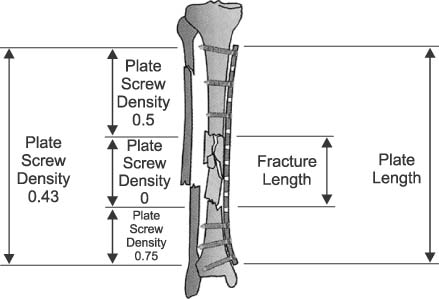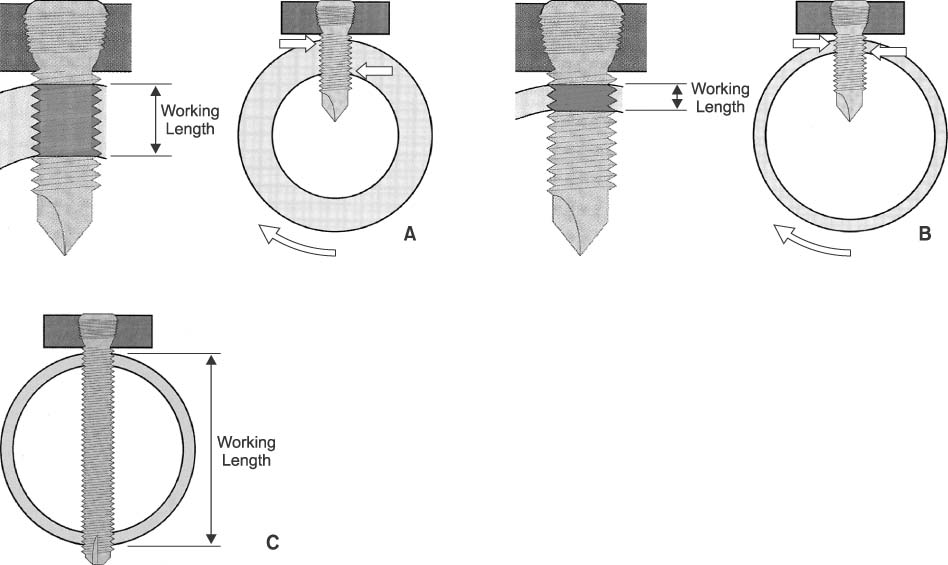J Korean Fract Soc.
2008 Jul;21(3):261-265. 10.12671/jkfs.2008.21.3.261.
Basic Principle of the Locking Compression Plate
- Affiliations
-
- 1Department of Orthopedic Surgery, Chonnam National University Hospital, 8, Hak-dong, Dong-gu, Gwangju 501-757, Korea. kbleeos@chonnam.ac.kr
- KMID: 2015451
- DOI: http://doi.org/10.12671/jkfs.2008.21.3.261
Abstract
- No abstract available.
Figure
Cited by 1 articles
-
Treatment of Femur Supracondylar Fracture with Locking Compression Plate
Seong Ho Bae, Seung Han Cha, Jeung Tak Suh
J Korean Fract Soc. 2010;23(3):282-288. doi: 10.12671/jkfs.2010.23.3.282.
Reference
-
1. Aguila AZ, Manos JM, Orlansky AS, Todhunter RJ, Trotter EJ, Van der Meulen MC. In vitro biomechanical comparison of limited contat dynamic compression plate and locking compression plate. Vet Comp Orthop Traumatol. 2005; 18:220–226.
Article2. Ahmad M, Nanda R, Bajwa AS, Candal-Couto J, Green S, Hui AC. Biomechanical testing of the locking compression plate: when does the distance between bone and implant significantly reduce construct stability? Injury. 2007; 38:358–364.
Article3. Chang SA, Ahn HS, Byun YS, Kim JH, Bang HH, Kwon DY. Minimally invasive plate osteosynthesis in unstable fractures of the distal tibia. J Korean Fract Soc. 2005; 18:155–159.
Article4. Collinge CA, Sanders RW. Percutaneous plating in the lower extremity. J Am Acad Orthop Surg. 2000; 8:211–216.
Article5. Frigg R. Development of the locking compression plate. Injury. 2003; 34:Suppl 2. B6–B10.
Article6. Gautier E, Sommer C. Guidelines for the clinical application of the LCP. Injury. 2003; 34:Suppl 2. B63–B76.
Article7. Haidukewych GJ. Innovations in locking plate technology. J Am Acad Orthop Surg. 2004; 12:205–212.
Article8. Niemeyer P, Südkamp NP. Principles and clinical application of the locking compression plate (LCP). Acta Chir Orthop Traumatol Cech. 2006; 73:221–228.9. Perren SM. Evolution and rationale of locked internal fixator technology. Introductory remarks. Injury. 2001; 32:Suppl 2. B3–B9.10. Sim JC, Chung NS, Hong KD, Ha SS, Kang JH. Treatment of fractures of the distal radius using locking compression plate. J Korean Fract Soc. 2005; 18:100–104.
Article11. Sommer C, Gautier E, Müller M, Helfet DL, Wagner M. First clinical results of the Locking Compression Plate (LCP). Injury. 2003; 34:Suppl 2. B43–B54.
Article12. Wagner M. General principles for the clinical use of the LCP. Injury. 2003; 34:Suppl 2. B31–B42.
Article13. Wagner M, Frenk A, Frigg R. New concepts for bone fracture treatment and the Locking Compression Plate. Surg Technol Int. 2004; 12:271–277.
- Full Text Links
- Actions
-
Cited
- CITED
-
- Close
- Share
- Similar articles
-
- Failure of Removal of Stripped Locking Screw after Locking Compression Plating
- Treatment of Femur Supracondylar Fracture with Locking Compression Plate
- Comparison of Results of Minimally Invasive Plate Osteosynthesis according to Types of Locking Plate in Distal Femoral Fractures
- Failure of Distal Locking Screws in an Intraarticular Distal Radius Fracture Treated with Volar Locking Plate Fixation
- Treatment of Distal Femur Fracture with Minimally Invasive Locking Compression Plate Osteosynthesis






